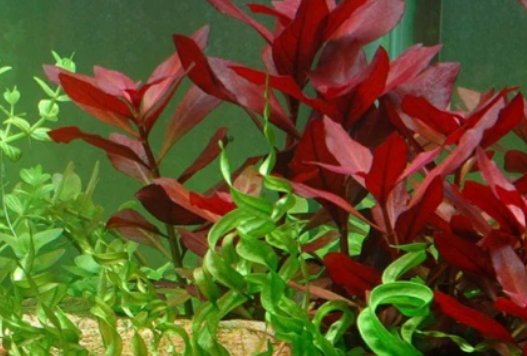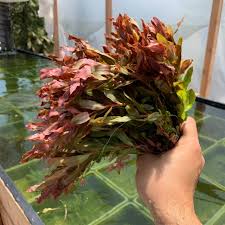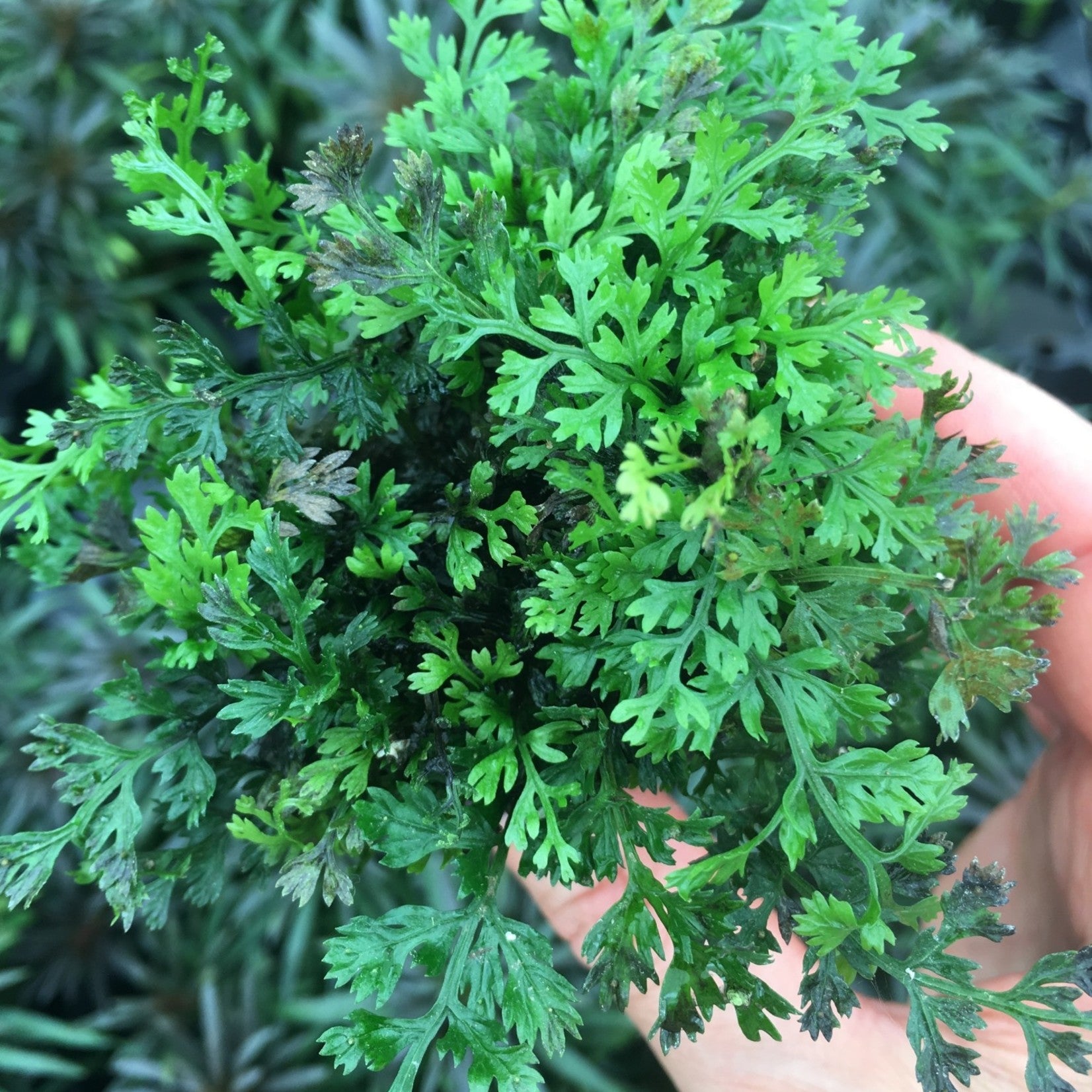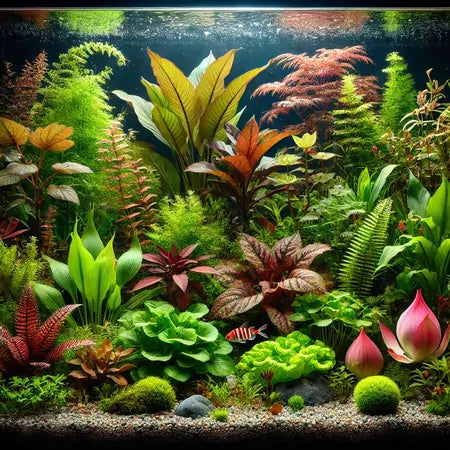Trending searches
$0

Red aquarium plants add a vibrant splash of color to any aquascape, creating a striking contrast against green foliage and adding depth to the aquatic environment. These plants not only enhance the visual appeal but also play a crucial role in the health and balance of the aquarium ecosystem. This guide will explore the various types of red aquarium plants, their benefits, care requirements, and how to integrate them into your aquarium.
Common Varieties

Ludwigia Repens is a versatile and easy-to-grow plant with attractive red and green leaves. It can thrive in various conditions, making it a popular choice for both beginners and experienced aquarists.


Rotala Rotundifolia features delicate, needle-like leaves that turn red under high light. It's known for its fast growth and adaptability.

Ammania Gracilis boasts stunning red and orange leaves that thrive in high-light conditions. It's a bit more challenging to grow but highly rewarding.

The Red Tiger Lotus has large, vibrant red leaves with a striking appearance. It's a unique addition that can dominate the aquascape.
Benefits
Red plants create a stunning focal point in the aquarium, adding a sense of depth and vibrancy that green plants alone cannot achieve. Their unique coloration can transform a simple aquascape into a dynamic and eye-catching display.
Like all aquatic plants, red varieties contribute to oxygenating the water, which is essential for the health of fish and other aquatic organisms. This oxygenation process helps maintain a stable and healthy environment.
Red aquarium plants absorb excess nutrients in the water, which helps to reduce the growth of algae. This nutrient uptake is particularly important in heavily stocked or well-fed aquariums where nutrient levels can become imbalanced.
These plants provide hiding spots and habitats for fish and invertebrates. The dense foliage can offer refuge for shy or territorial species, promoting natural behaviors and reducing stress.
Combining with Other Aquatic Plants
Pairing red plants with green and blue varieties can create a visually striking contrast. For example, combining Ludwigia Repens with green plants like Java Fern or Anubias can highlight the red hues and create a balanced and aesthetically pleasing aquascape.
Using different heights and textures helps create a balanced aquascape. Tall plants like Rotala Rotundifolia can be placed in the background, while shorter varieties like Alternanthera Reineckii can be positioned in the midground or foreground.
Position plants strategically based on their growth patterns and heights. For instance:
Caring for Each Variety
Some red plants can thrive without CO2, but most benefit greatly from CO2 supplementation for optimal growth and color. CO2 helps enhance photosynthesis, leading to healthier and more vibrant plants.
High lighting is generally preferred to bring out the red hues, though some species can manage with moderate light. It's essential to match the light intensity to the plant's specific needs to prevent issues like algae growth.
Regular fertilizers are sufficient, but iron supplements can help enhance red coloration. Consistent dosing with a balanced fertilizer containing micronutrients will support overall plant health.
Some varieties can adapt, but growth and coloration may be less vibrant without high-tech setups. Providing adequate light and nutrients can help maintain these plants in low-tech environments, though results may vary.
Red aquarium plants are a beautiful addition to any aquascape, offering aesthetic beauty and practical benefits. With the right care, these plants can thrive and enhance the overall health and appearance of your aquarium. Whether you're a beginner or an experienced aquarist, incorporating red plants into your tank can be a rewarding experience. Happy planting!



Check out our shop for a variety of fresh, farm-grown plants! Find the perfect options to enhance your aquarium today.
!